Lectures de A portrait of the Artist as a Young Man James Joyce
Extraits
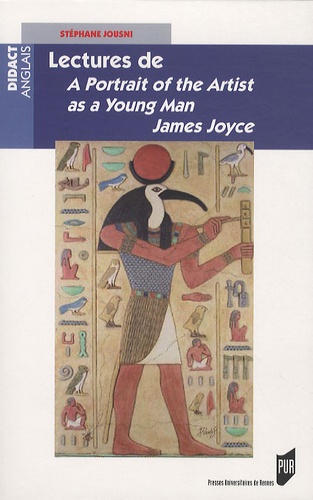
Anglais apprentissage
Lectures de A portrait of the Artist as a Young Man James Joyce
01/2010
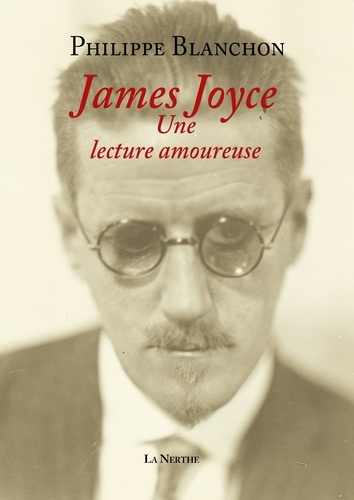
Biographies
James Joyce, Une lecture amoureuse
02/2022
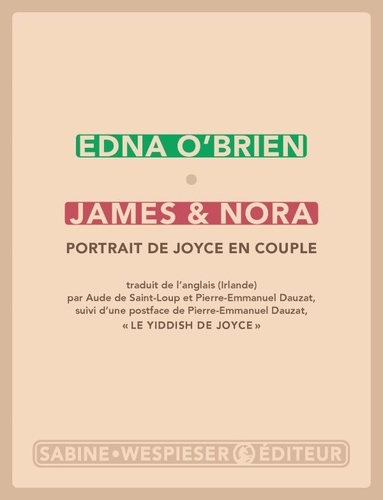
Littérature anglo-saxonne
James & Nora. Portrait de Joyce en couple
03/2021
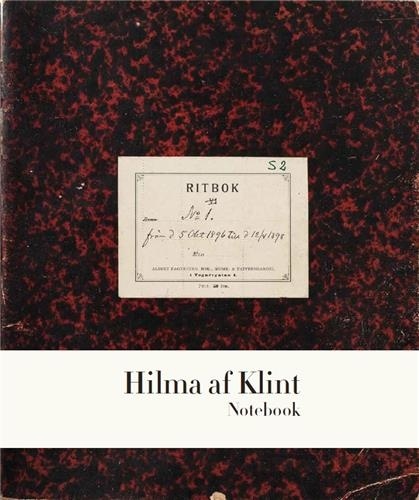
Monographies
Hilma af Klint. The Five Notebook 1
01/2022
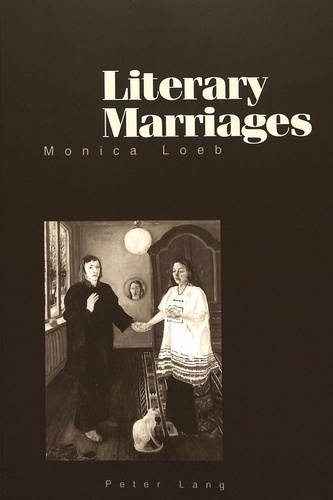
Non classé
Literary Marriages
12/2001
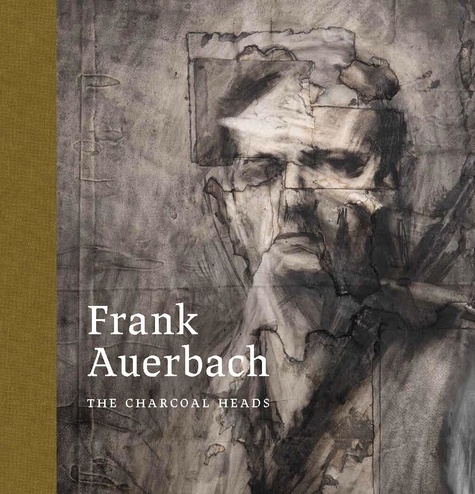
Mouvements artistiques
Frank Auerbach. The Charcoal Heads
03/2024
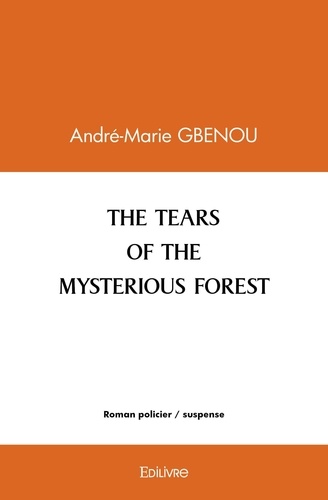
Romans policiers
The tears of the mysterious forest
12/2021
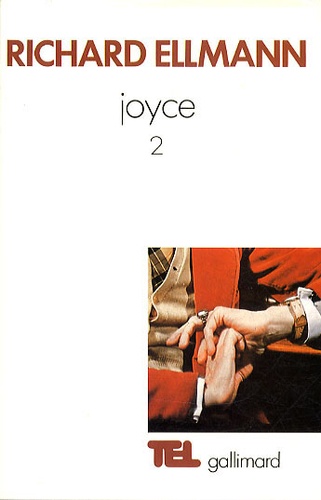
Critique littéraire
James Joyce. Tome 2
05/1987
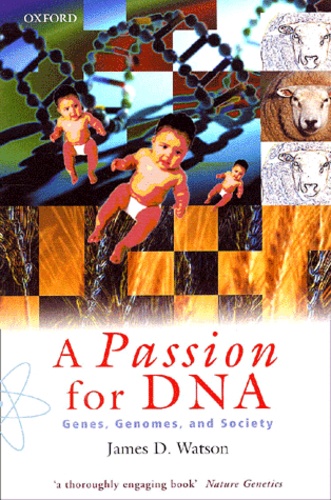
Histoire et Philosophiesophie
A Passion for DNA. Genes. Genomes, and Society
01/2000
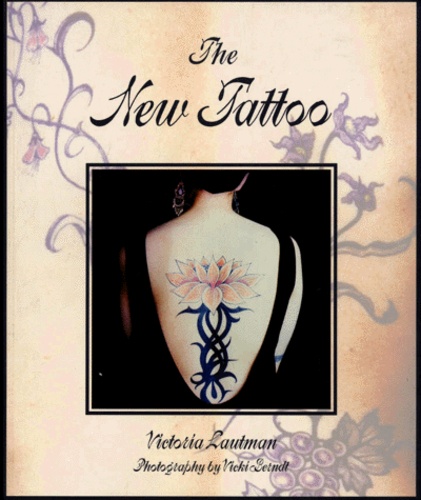
Décoration
The New Tattoo
01/1994
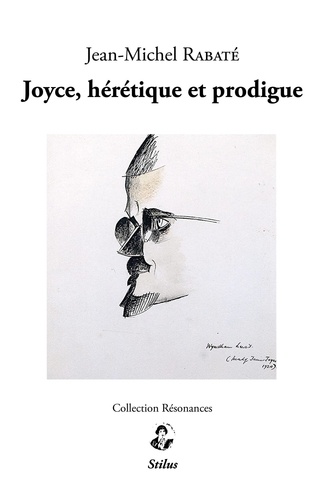
Essais
James Joyce, hérétique et prodigue
01/2022

Instruments de musique
String quartet. Op. 8. 2 violins, viola and cello. Partition et parties
07/2023
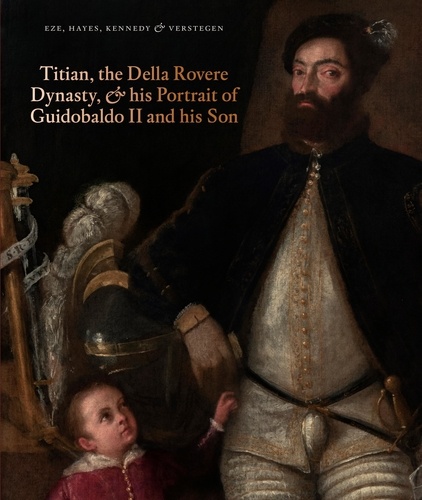
Histoire de l'art
Titian, the Della Rovere Dynasty, and His Portrait of Guidobaldo II and his Son. Edition
11/2021

Historique
The young lion
08/2023
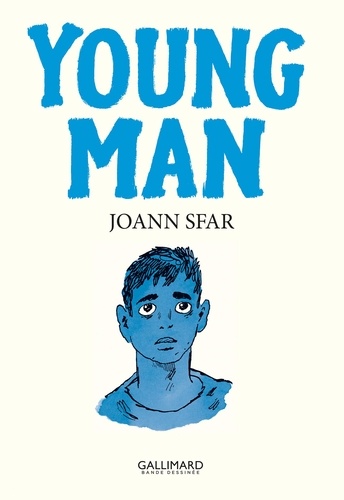
Divers
Young man
10/2023
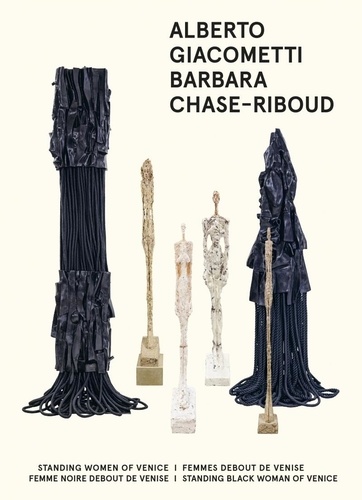
Sculpteurs
Standing women of Venice/Femmes debout de Venise ; Standing black woman of Venice/Femme noire debout de Venise. Edition bilingue français-anglais
11/2021
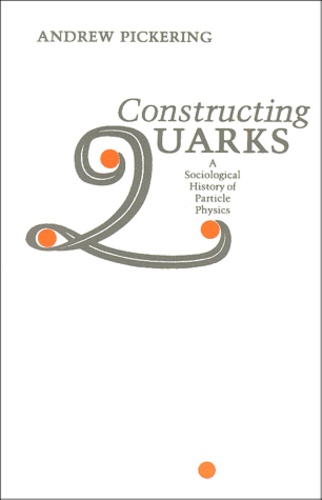
Histoire et Philosophiesophie
CONSTRUCTING QUARKS. A Sociological History of Particle Physics
01/1984
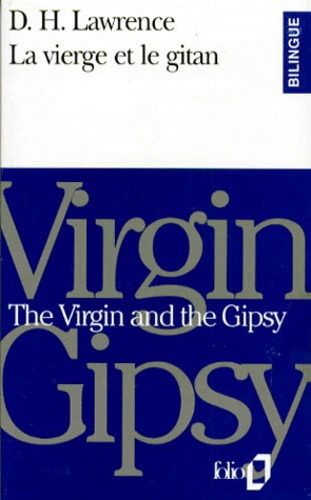
Anglais apprentissage
LA VIERGE ET LE GITAN : THE VIRGIN AND THE GIPSY
02/1993

Littérature comparée
Le Modernisme au défi de la lecture. James Joyce, Virginia Woolf, T. S. Eliot
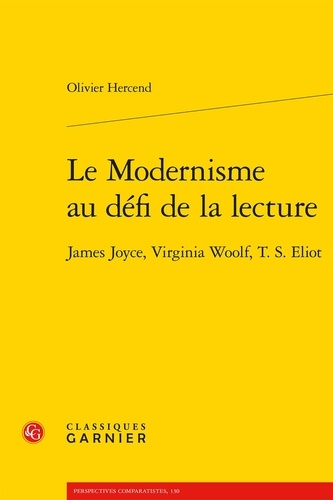
Littérature comparée
Le Modernisme au défi de la lecture. James Joyce, Virginia Woolf, T. S. Eliot
11/2023
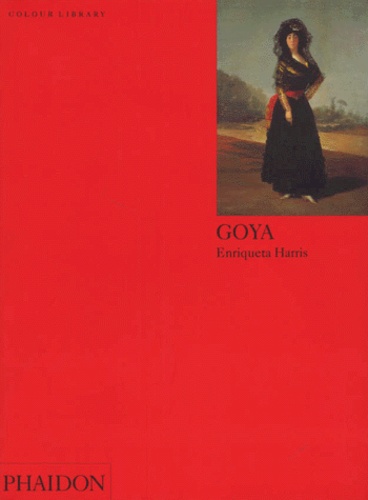
Beaux arts
GOYA. Edition en anglais
01/1994
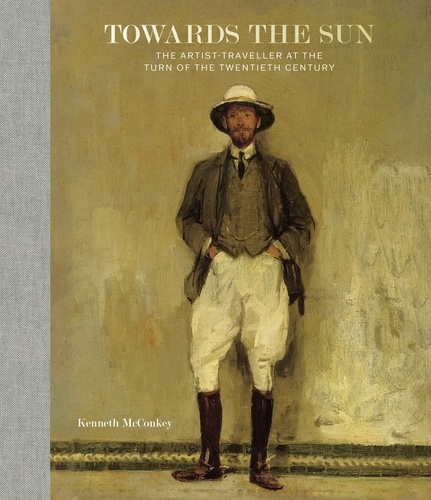
Monographies
Towards the Sun. The Artist - Traveller at the Turn of the Twentieth Century
11/2021
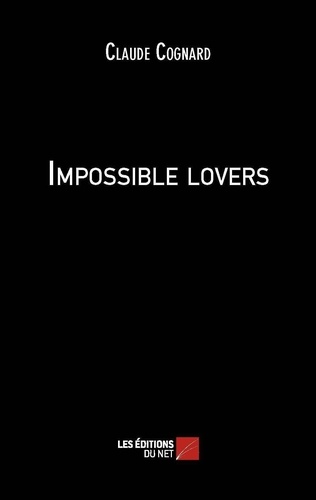
Théâtre
Impossible lovers
02/2013
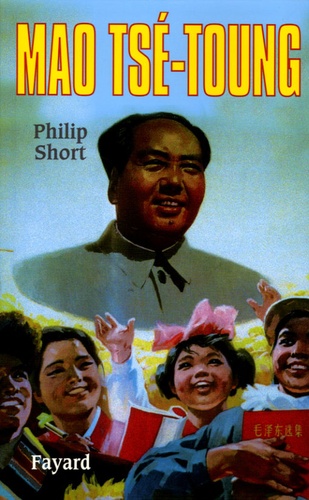
Histoire internationale
Mao Tsé-toung
09/2005

Histoire de France
CRASH IN BAYEUX - The Last Flight of Sergeant Ferguson
09/2014

Non classé
Temporal Logic, Omniscience, Human Freedom - Perspectives in Analytic Philosophy
09/1991
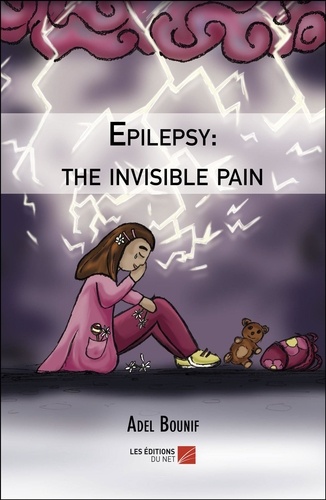
Poésie
Epilepsy: the invisible pain
01/2019

Littérature étrangère
Persuasion - Jane Austen
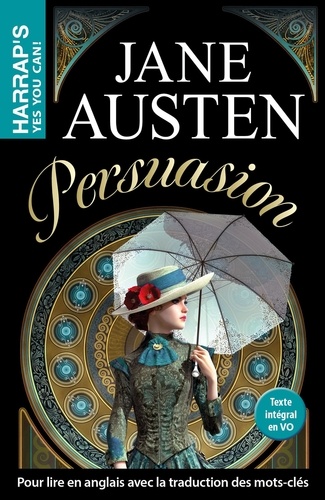
Roman d'amour, roman sentiment
Persuasion. Textes en français et anglais

Critique littéraire
James Joyce et la création d'Ulysse
05/2004

